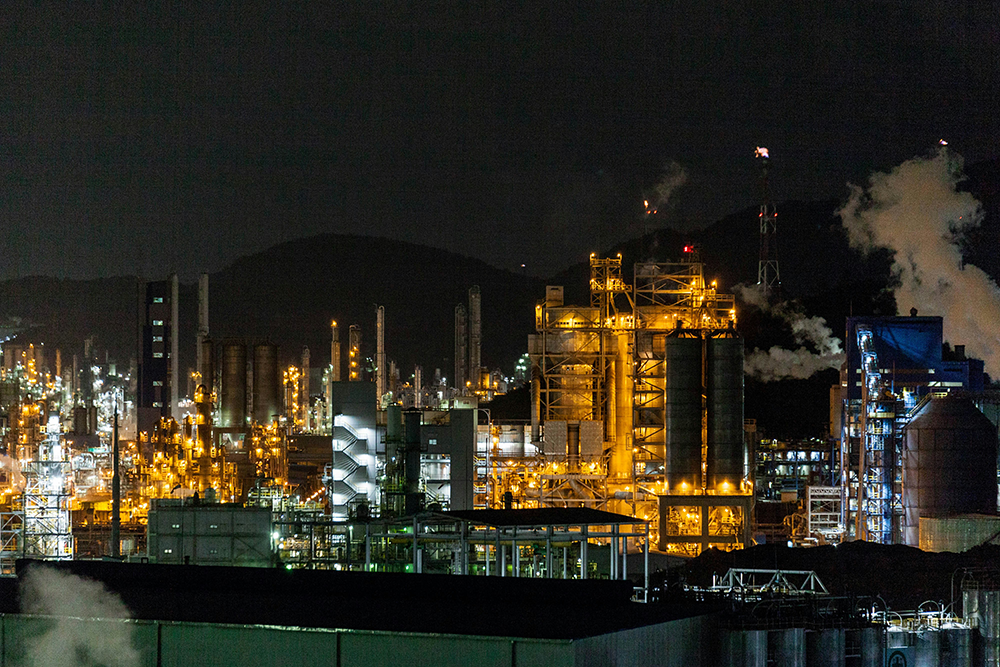Automatic vs. Manual Air Release Valves in Petrochemical Systems: Which Is Better?
Choosing the Right Air Release Mechanism for Petrochemical Applications
In petrochemical environments—especially those involving seawater-based fire-fighting systems—air release valves play a vital role in maintaining system pressure, preventing air locking, and ensuring flow efficiency.
When designing or upgrading a system, many engineers and operators ask:
“Should we use automatic or manual air release valves?”
This article compares both types to help you determine which valve mechanism best supports your operational goals, safety requirements, and maintenance strategies.
Quick Overview: What’s the Difference?
| Type | Operation | Best For |
|---|---|---|
| Automatic Valve | Self-operating valve that releases air automatically | Continuous, unattended, or high-risk systems |
| Manual Valve | Requires operator to open and close the valve manually | Low-frequency use or budget-sensitive systems |
1. How Automatic Air Release Valves Work
Automatic air release valves are designed to detect and vent air without human intervention. They operate using float or pressure mechanisms that open the valve when air accumulates and close it once fluid returns.
Key Benefits:
- Hands-free operation—ideal for remote or hazardous areas
- Maintains system performance 24/7
- Reduces risk of air build-up during peak operations
- Prevents water hammer and flow irregularities
- Essential for systems with constant flow or pressure changes
Common Use in Petrochemical Settings:
- Offshore firewater systems
- Pressurised pipelines with elevation changes
- Critical lines where manual intervention isn’t practical
2. How Manual Air Release Valves Work
Manual air release valves require an operator to open the valve manually to vent air from the line. These are simple in design and often installed with isolation valves for safe access.
Key Benefits:
- Lower upfront cost
- Simple, rugged design with fewer components
- Useful in systems that don’t run continuously
- Good for controlled or supervised environments
Common Use in Petrochemical Settings:
- Small, infrequently used lines
- Commissioning or maintenance tasks
- Locations with regular inspection teams
3. Side-by-Side Comparison
| Feature | Automatic Air Valve | Manual Air Valve |
|---|---|---|
| Operation | Fully self-operating | Requires manual opening |
| Suitability for remote sites | ✔️ Excellent | ❌ Not suitable |
| Cost (Initial Investment) | ❌ Higher | ✔️ Lower |
| Maintenance Requirement | ✔️ Minimal (routine checks) | ❌ Higher (manual checks needed) |
| Failure Risk from Neglect | ✔️ Low (auto-response) | ❌ Higher (if not operated regularly) |
| Ideal for safety-critical systems | ✔️ Yes | ❌ No (relies on manual presence) |
| Seawater Fire Systems | ✔️ Recommended | ❌ Not advised |
4. Cost vs. Risk Considerations
While manual valves offer a cost-effective solution, the trade-off is greater reliance on human oversight, which can pose challenges in high-risk petrochemical environments where:
- Quick air release is critical for pressure stability
- Operators may not be immediately available
- System failure during an emergency (e.g. firefighting) is unacceptable
In these cases, the higher initial cost of an automatic valve is easily justified by reduced maintenance, greater reliability, and safety assurance.
5. Material & Design Considerations for Both Types
Regardless of operation type, the valve body material must match the harsh demands of petrochemical service—especially in seawater applications.
At GA Valves, we manufacture both automatic and manual air valves in:
- Super Duplex Stainless Steel
- 6Mo (Alloy 254 SMO)
- Titanium
- Hastelloy
- Aluminium Bronze
These materials are specifically selected for corrosion resistance and long-term durability in fire-fighting systems and petrochemical plants.
Conclusion: Which One Should You Choose?
✔️ Choose Automatic Air Valves if your system:
- Operates continuously
- Uses seawater in fire suppression or cooling
- Is installed in remote or difficult-to-access areas
- Must remain operational during power loss or emergencies
✔️ Choose Manual Air Valves if your system:
- Runs intermittently
- Is easy to access and inspect regularly
- Requires a cost-effective short-term solution
- Is non-critical or supervised frequently
Contact us now to see how we can help you!
Contact us by email at sales@gavalves.co.uk or call us on 01484 711983
Related Posts
Below you can view our related posts.

Guide
Small Air Release Valve for High Pressure Pump Station
High pressure pump stations are critical components in water distribution, industrial processing, and irrigation networks. But with higher
Read More
Resource
Small Air Release Valve for High Pressure Pump Station
High pressure pump stations are critical components in water distribution, industrial processing, and irrigation networks. But with higher
Read More
Guide
Sizing Chart for Small Orifice Air Valve
Small orifice air valves play a critical role in removing dissolved air from pressurised pipelines during operation. To
Read More